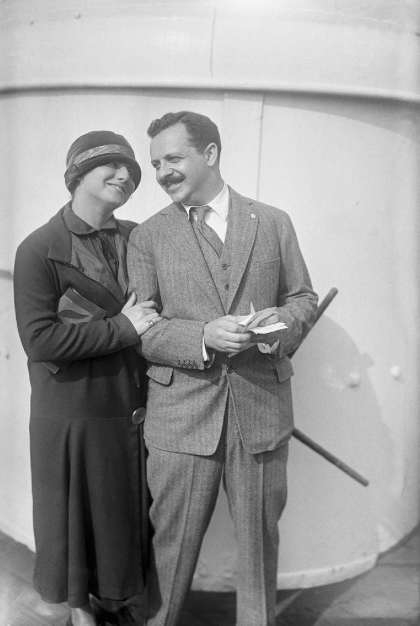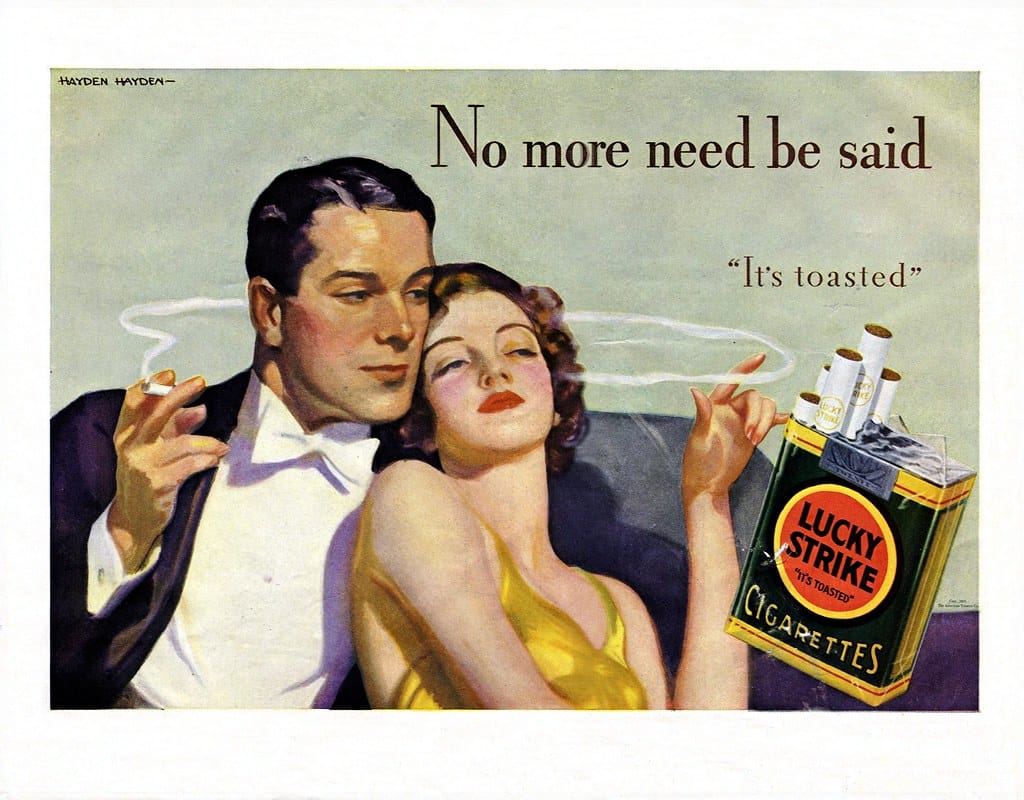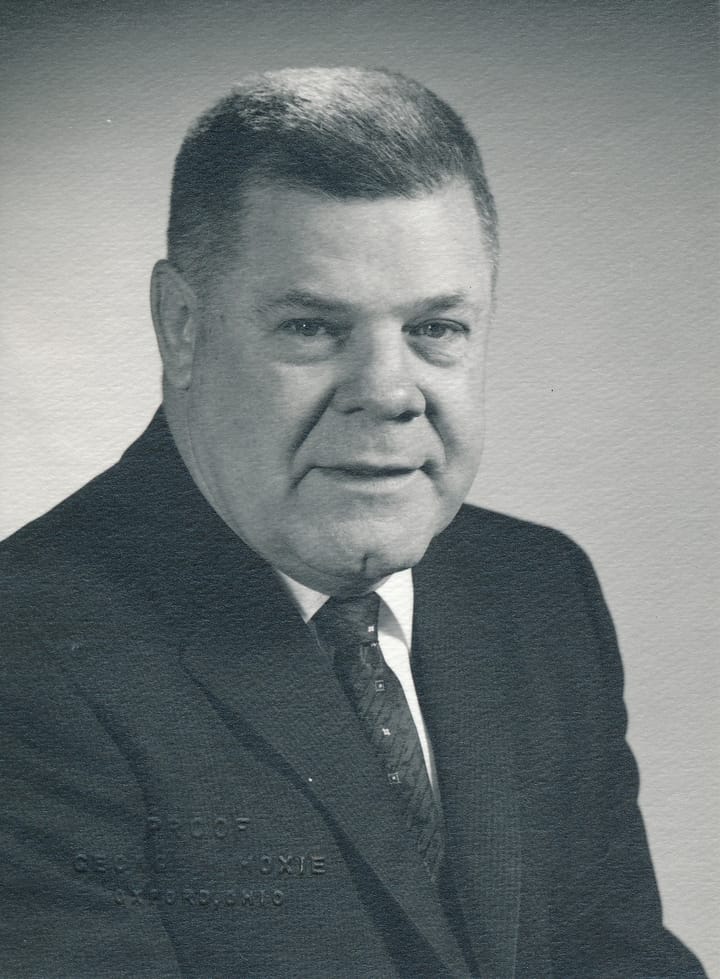Media Matters: PR, Propaganda and Edward Bernays
Modern PR practices did not start in earnest until World War I when the government created the Committee on Public Information – an early use of propaganda to sell a war to the American public.

When I was a reporting intern at the Milwaukee Sentinel in 1979, I had two tasks. One was going through death notices to see if anyone was famous enough to merit an obituary story. The second job was going through a stack of press releases, mostly from companies that wanted their story told – and free publicity. I asked the assistant city editor, who oversaw the interns, how I should choose which releases warranted a story. She suggested I should use my best judgment, then added, “If any of those releases have a bunch of adjectives and end the first sentence with an exclamation mark, throw it away.” Her reasoning was that the public relations (PR) person had disrespected journalism, making no effort to write simply and in a neutral voice.
By the way, reporters in general are not fans of the exclamation point. More than a decade before that internship, in an English class at Dayton’s Carroll High School, Sister Marie Christopher taught me that good writers don’t need exclamation points. She also criticized semicolons, because they couldn’t decide whether they wanted to be periods or commas. She did like the dash though – more dramatic than a semicolon when used appropriately.
Back in the day, to garner publicity in newspapers, legendary characters like P. T. Barnum, Davy Crockett, Annie Oakley and Buffalo Bill had press agents. Newspapers often printed their releases and business notices without editing. This practice would reach new heights thanks to Edward Bernays – possibly the most influential person of the 20th century who you never heard of.
Modern PR practices did not start in earnest until World War I when the government created the Committee on Public Information – an early use of propaganda to sell a war to the American public. A young Edward Bernays worked for that committee and would later write an influential book titled “Propaganda” (he liked to call it “proper-ganda”). After the war, he started his own PR firm, and in 1923, he set down PR’s defining principles in his book, “Crystallizing Public Opinion.” Bernays disdained the term “press agent” and called himself a “public relations counselor.”
Sometimes called “the father of public relations,” Edward Bernays was born in Vienna. His uncle was Sigmund Freud. In 1919, he married his first employee and childhood friend, Doris Fleischman, a former newspaper reporter and editor, who opened up the PR field to women. Their client list included the American Tobacco Company, General Electric, General Motors, Procter & Gamble, Good Housekeeping and Time magazines, the U.S. Department of War, the City of Vienna, Thomas Edison, Jane Addams and President Calvin Coolidge. Bernays lived till 103 and, when he was in his 90s, appeared on “Late Night with David Letterman.”

Bernays defined public relations as the “engineering of consent.” Along with what he knew about propaganda, he adapted to his practice insights from his uncle and new studies in psychology. He argued that you couldn't lead people or get them to do what you wanted until obtaining the public’s consent, whether it was persuading them to support a war or that it was okay for women to smoke in public. Bernays believed that if you could convince people that the interests of those in power were “common sense” and therefore normal, you could create a media environment in which there was less chance for criticism and more chance for acceptance. In other words, he advocated for manipulating people without them realizing it.
In the 1920s, Bernays was hired by the American Tobacco Company to make smoking more publicly acceptable for women. The company felt it was losing half its potential market. Bernays staged an event by having his women friends smoke in public while marching in New York City’s 1929 Easter parade. He called the cigarettes “torches of freedom.” He also asked the women to contact newspapers in advance to announce their protest as a symbol of their newly acquired suffrage and independence from men. The stunt made the front page of the New York Times. Within weeks of the parade, men-only smoking rooms in New York theaters began opening to women. Bernays never bought an ad or paid for the publicity.
Bernays thought it was critical for experts and leaders to direct American society. “The duty of the higher strata of society – the cultivated, the learned, the expert, the intellectual – is therefore clear,” he wrote. “They must inject moral and spiritual motives into public opinion.” He believed the public mind was malleable and not always rational. So in the hands of the right experts and PR pros, public opinion could be sculpted into forms people could get behind. The journalist Walter Lippmann, who coined the term “the manufacture of consent” in his influential 1922 book “Public Opinion,” also believed that for democracy to work public opinion had to be managed. But Lippmann believed that Bernays went too far, cautioning that PR “counselors” with hidden agendas, unlike reporters with professional detachment, held too much power over public opinion.
These days I wonder if supervised interns still assess the worthiness of press releases. In the late 1970s, PR practitioners only outnumbered reporters 2-to-1, so there were actually enough journalists to manage the job. But today that figure is more than 6-to-1 with the loss of two-thirds of all print reporters over the past 20 years. In a sad irony, many of those reporters forced out of journalism found jobs in PR, where their research, writing, and storytelling skills are highly valued. PR is fortunate to have them.
Richard Campbell (campber@miamioh.edu) is a professor emeritus and founding chair of the Department of Media, Journalism & Film at Miami University. He is the board secretary for the Oxford Free Press.




